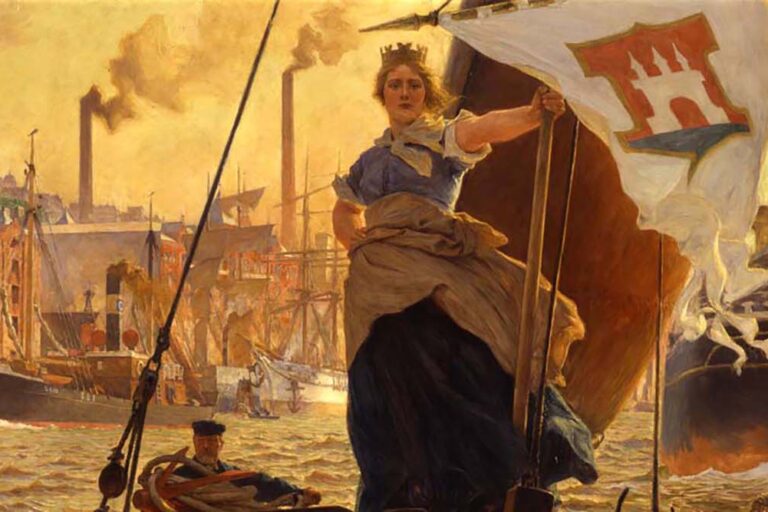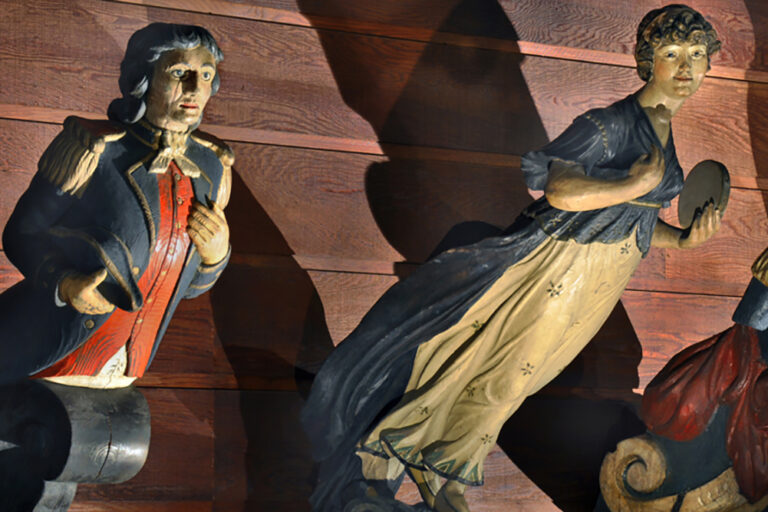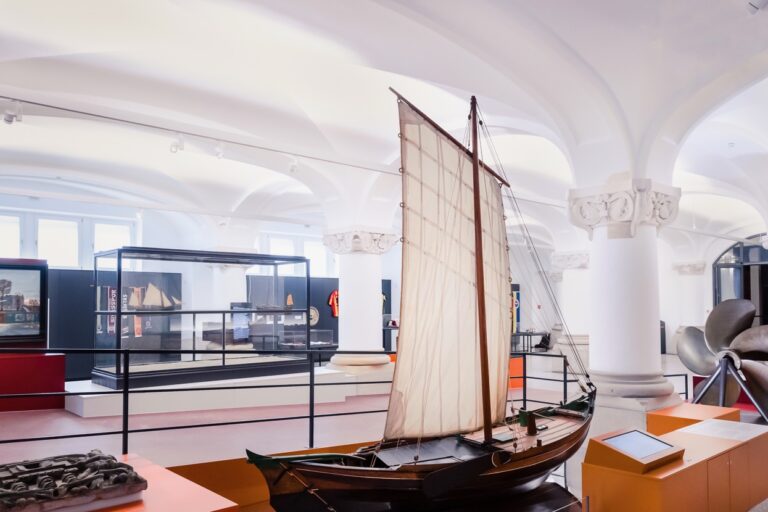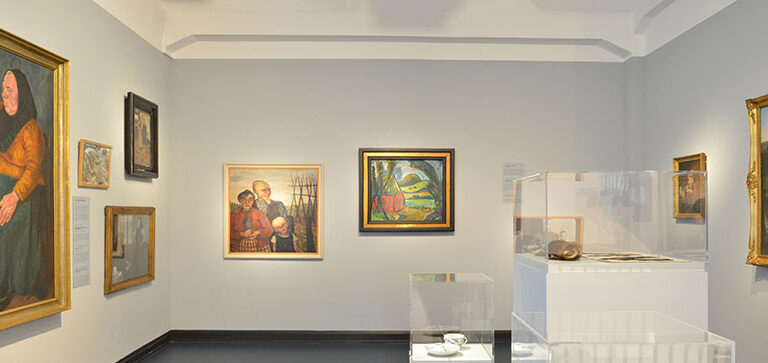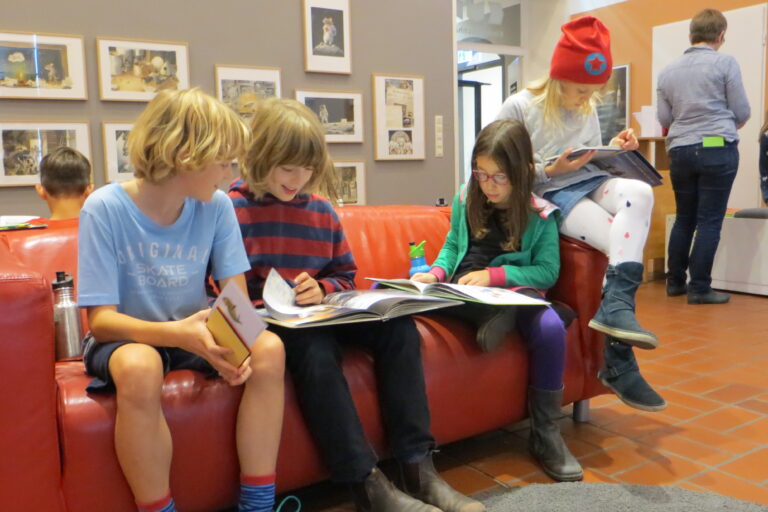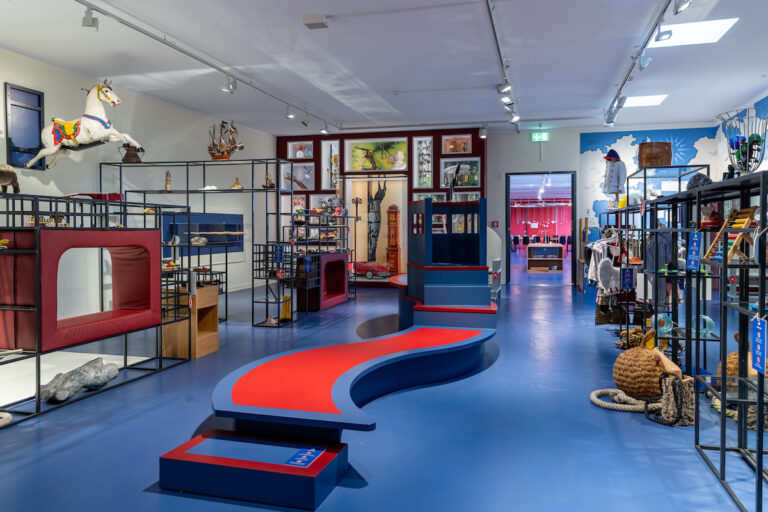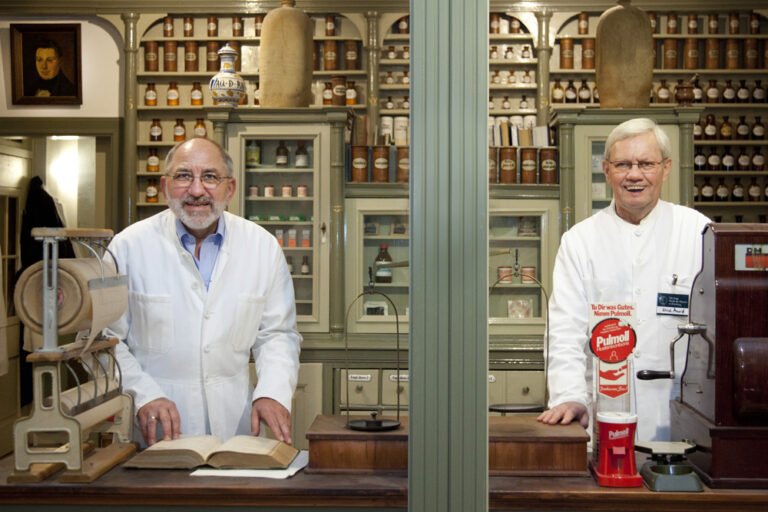About The Altonaer Museum
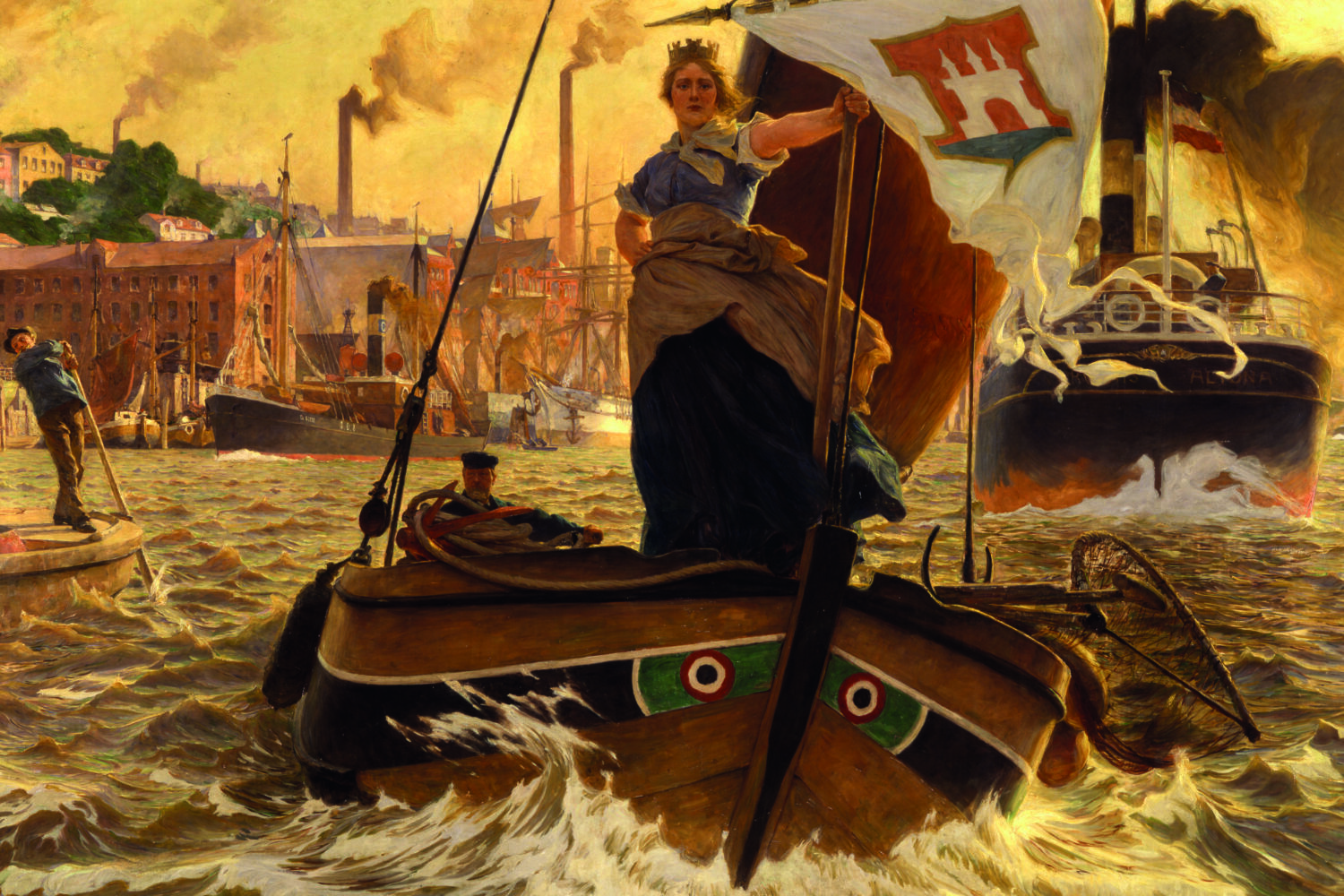
When the north was Danish
The Altonaer Museum, one of the largest regional museums in Germany, focuses on the art and cultural history of Northern Germany and presents the cultural and historical development of the Elbe region around Altona, Schleswig-Holstein and the coastal areas next to the North Sea and Baltic.
The permanent exhibition displays the most important regional exhibits in sections covering contains graphics, paintings, textiles, toys and cultural history artefacts from the fields of handicrafts, seafaring, living and working in both the countryside and town. The Altonaer Museum is now connecting its exhibitions and events more and more to topics from history which determined and impacted on the prospects of today’s inhabitants and on their identity within Hamburg.
With the opening of the KINDER-OLYMP, their own interactive children’s department, in the year 2006, the Altonaer Museum has also become a very popular destination for family days out.
Since the first of January 2008 the Altonaer Museum belongs to the Stiftung Historische Museen Hamburg.
History of the Museum
When the founders met on 11 October 1863 to launch the “Public Museum” on Altona’s grand Palmaille boulevard, it was a particularly unspectacular event. Some dedicated history enthusiasts had got together to open an exhibition in an inner courtyard building to display models and medals, coins and paintings, everyday objects and weapons from Altona’s eventful history.
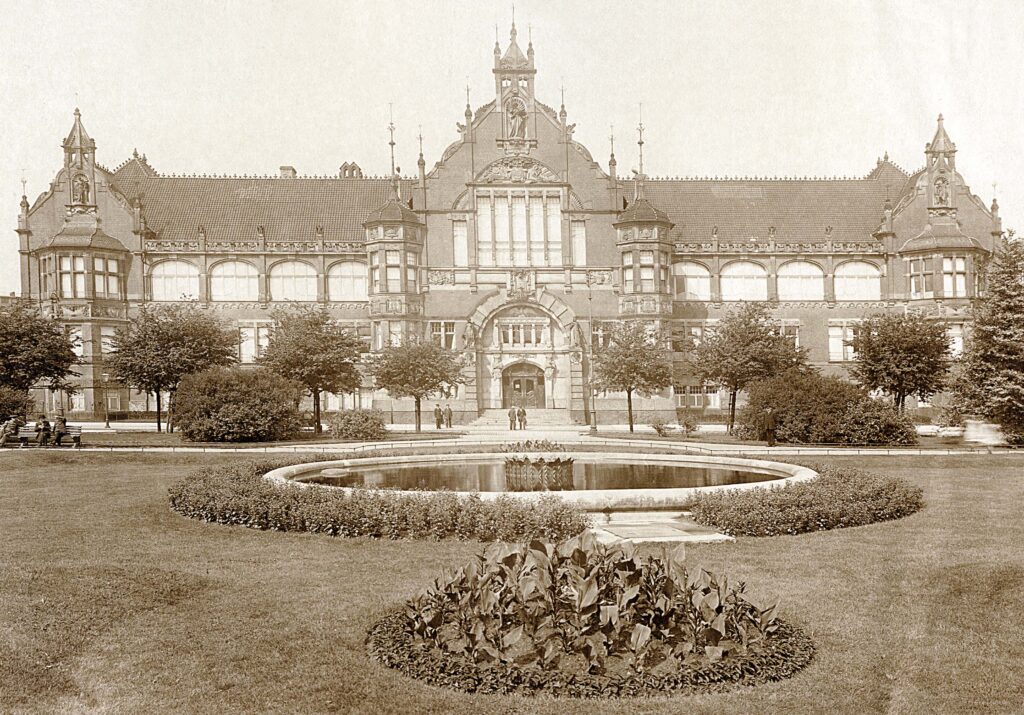
Reorientation under the responsibility of Otto Lehmann
Only when, more than three decades later, Otto Lehmann was appointed as the first professional director of the museum did the museum become much more significant: this zoologist and geographer, who was a follower of the progressive education movement, developed a completely new concept for the museum in this large, and at that time, Prussian city, which he was able to implement in 1901 in the prestigious new building on today’s Platz der Republik. Instead of following the usual dry systematic approach, Lehmann was more concerned with vividness and clarity. His concept was to inform and teach broad sections of the population about the natural and cultural history of their homeland. This was truly revolutionary and trendsetting at the time, so much so that many European museums, particularly Scandinavian ones, oriented their ideas according to this too. After much destruction during the war and a terrible fire which destroyed valuable parts of the collection in May 1980, this traditional establishment has developed into a museum that, on the one hand, looks into the history and development of Altona, a district of Hamburg today, and on the other hand also deals with the cultural history of northern Germany.
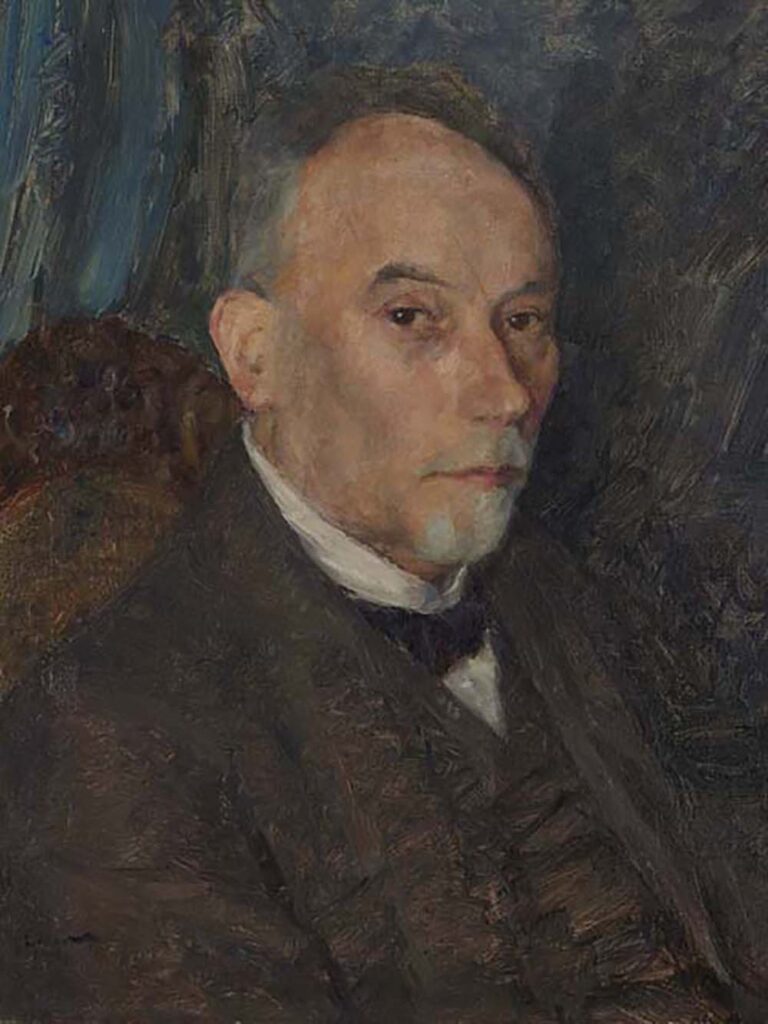
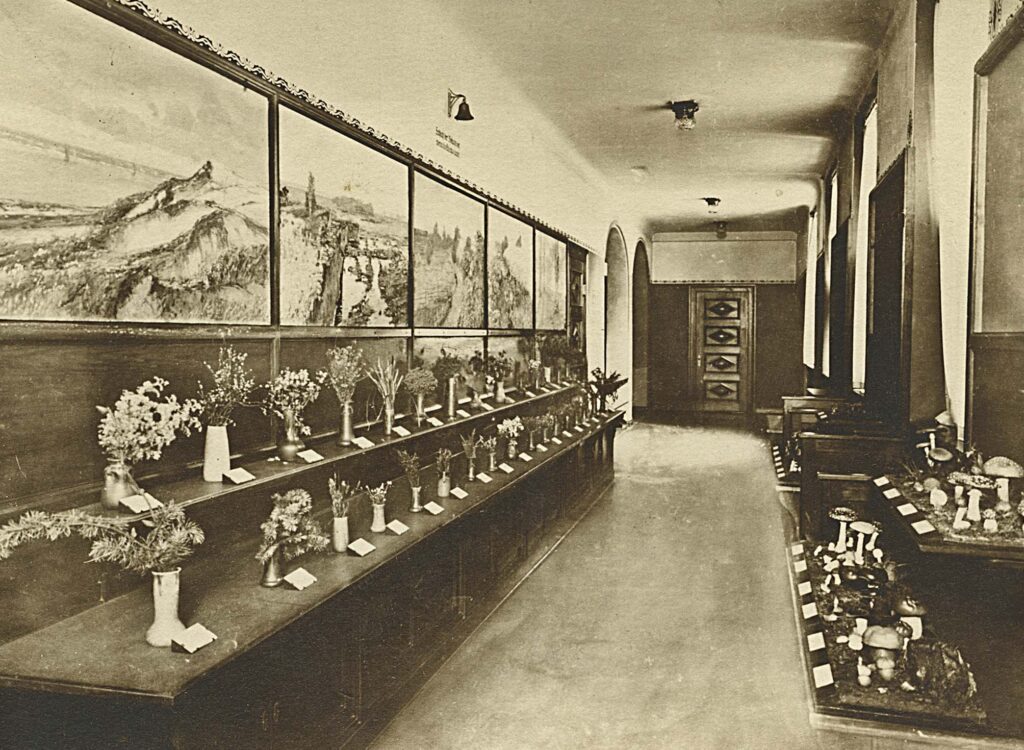
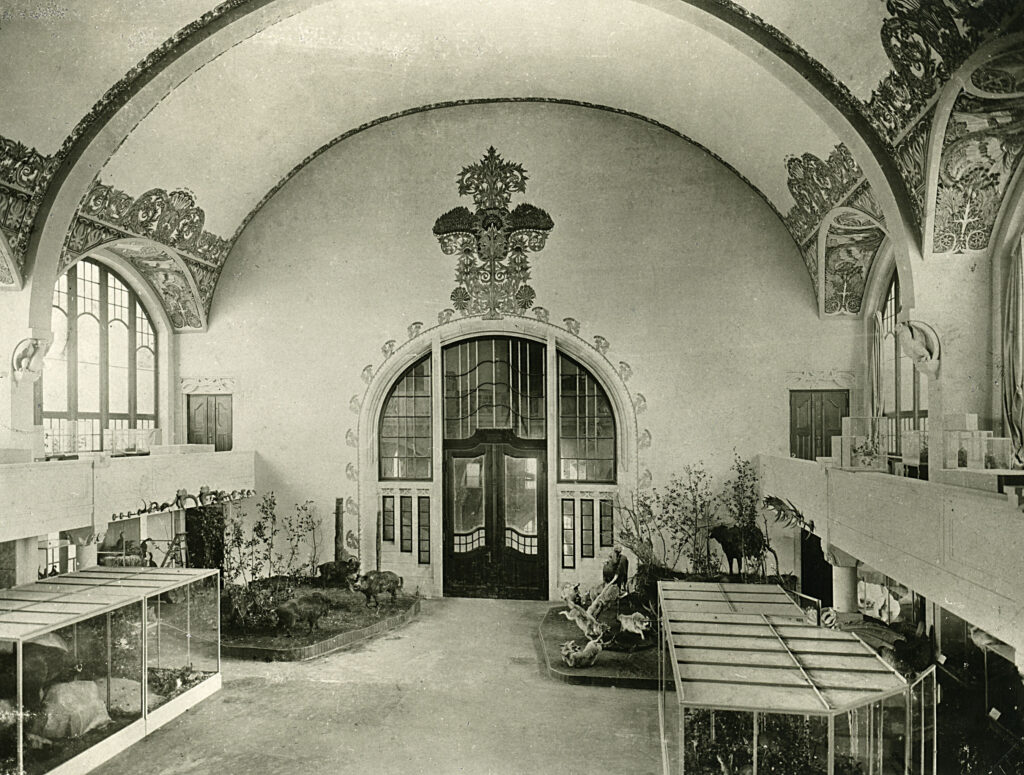
In 1939 the Jenisch House was opened as a new branch museum — a bourgeois country villa built between 1831 and 1834 according to designs by Franz Gustav Forsmann and Karl Friedrich Schinkel in the classical style by the Hamburg merchant and building senator Martin Johan Jenisch the Elder. Towards the end of the Second World War, a bomb destroyed around 65% of the main building of Altonaer Museum, but the collections suffered only minor losses thanks to outsourcing. In the 1950s and 1960s, parts of the building were restored in a contemporary architectural style and an additional connecting wing was built. From the 1950s, the collection and exhibition activity shifted to cultural history and fine arts, the prehistoric and early historical holdings were given to the Helms Museum in Harburg in the 1970s. In 1980, another fire destroyed large parts of the museum’s historic central wing and caused major losses among the collection items.
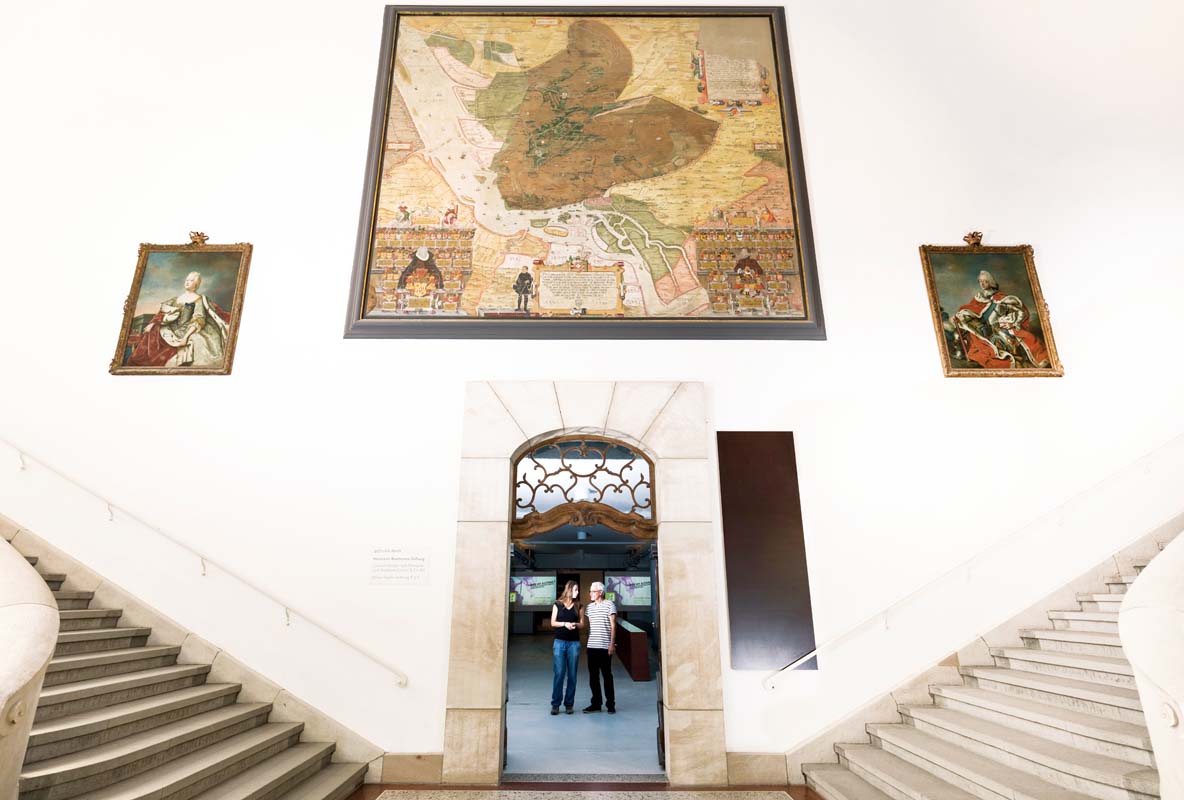

SETTING THE COURSE FOR THE 21ST CENTURY
In 1999 the Altonaer Museum became an independent foundation under public law. Between 2002 and 2008 it was further reformed in terms of content and architecture. As the first children’s department in a Hamburg museum, the “Children’s Olymp” at the Altona Museum began operations in 2006 and, with this innovative concept, was one of the most successful examples of children’s culture in a museum.
In 2009, the implementation of an architectural master plan submitted by the architects Störmer Murphy and Partners took place: the entrance area was given a facelift and has since been used as an event location with a generous, representative ambience.
A closure of the museum ordered by the Hamburg Senate in 2010 led to widespread national and international protests. At the same time, in September 2010, KINDEROLYMP received the Dr. E.A. Langner Foundation for Children and Youth Culture and was thus honored as an example of excellent work with children and youth, which should definitely be preserved. The subsequent senate revised the decision so that the Altonaer Museum could celebrate its 150th anniversary in 2013.


